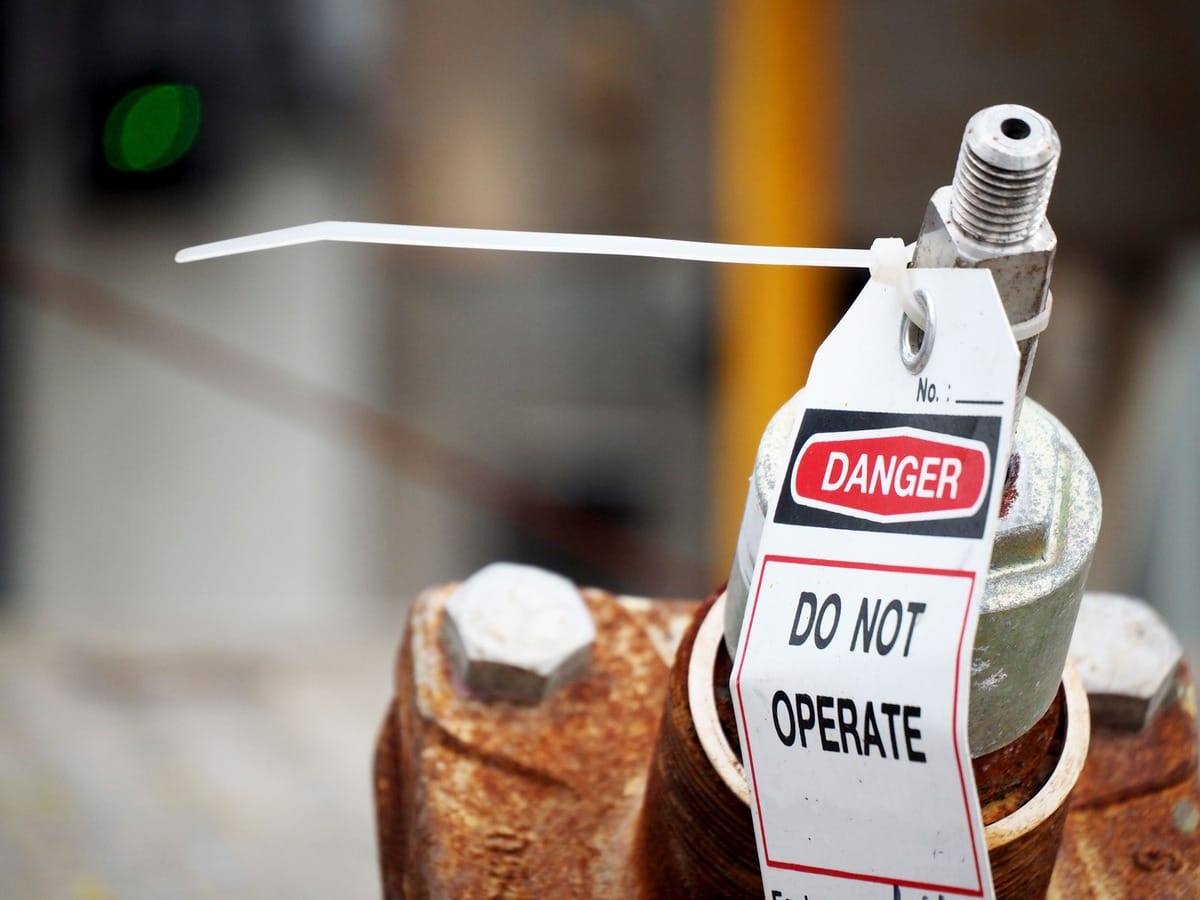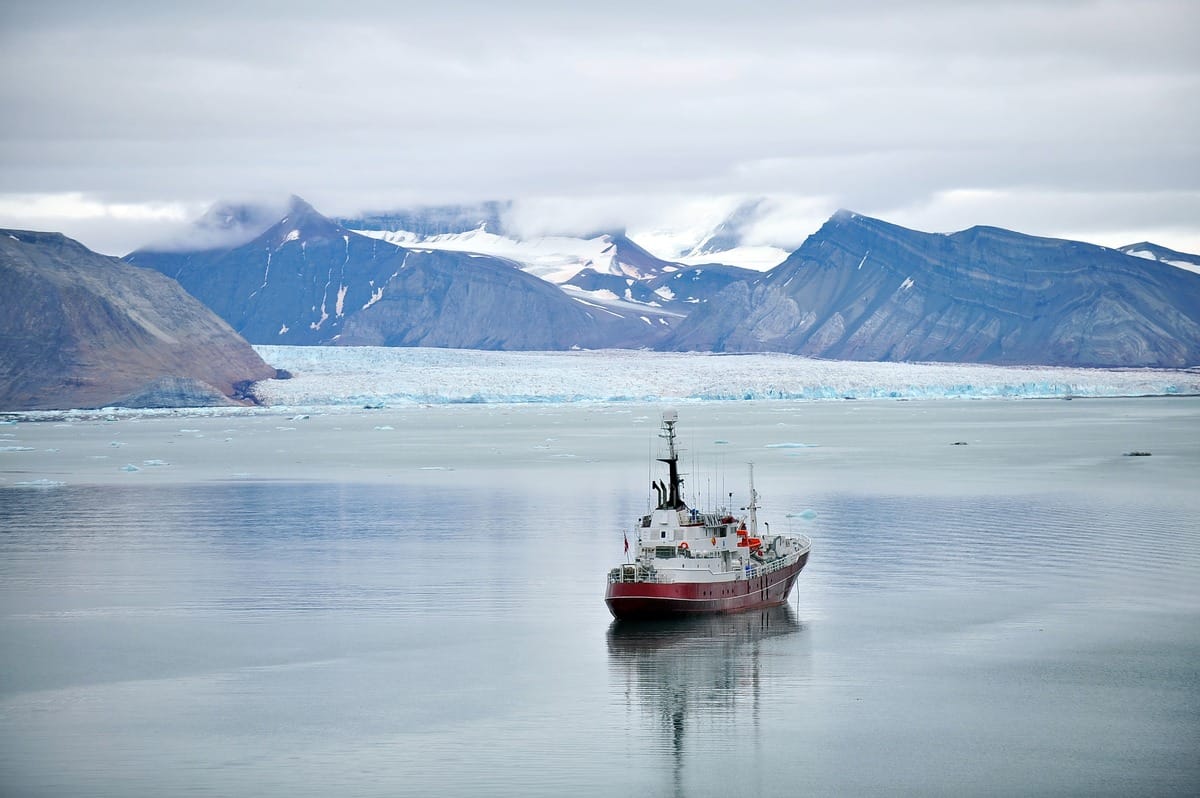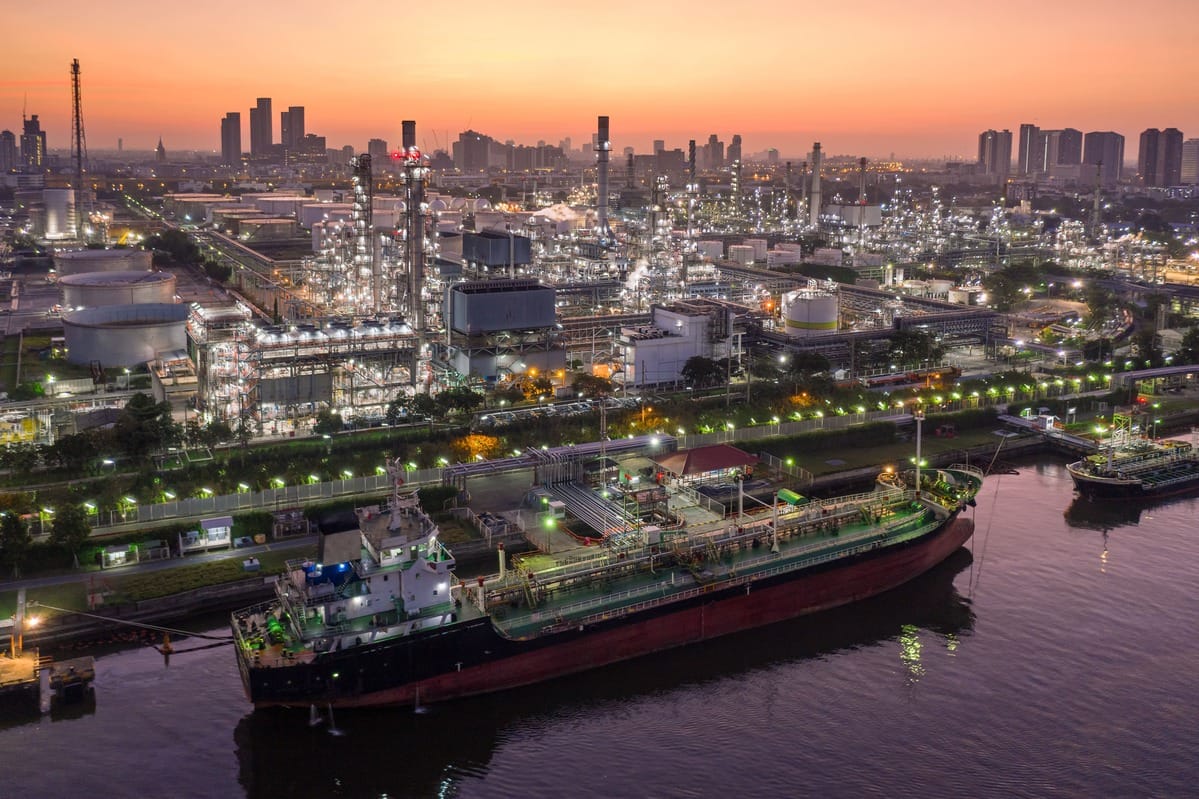With security in the Red Sea gradually improving, the Suez Canal is gearing up […]
The post Ripe for return: As Red Sea tensions subside, Suez Canal prepares for ‘full-scale’ revival appeared
With security in the Red Sea gradually improving, the Suez Canal is gearing up to handle global trade at full capacity, signaling the return of stability to this vital maritime corridor, the Suez Canal Authority (SCA) has revealed.
Clearing skies, changing tides: The Suez Canal now
The dark clouds appear to be scattering away as, according to Ossama Rabiee, Chairman and Managing Director of the Suez Canal Authority, the current situation in the Red Sea region is witnessing “positive” indicators that show stability making its comeback.
As informed, at the end of January 2024, the SCA met up with shipping lines and other maritime organizations and agencies wherein it was revealed that the Suez Canal is all but ready to go about its ‘normal’ course.
While speaking with Arsenio Dominguez, Secretary-General of the International Maritime Organization (IMO) on January 22, 2025, on the sidelines of the IMO’s formal visit, Ossama Rabiee stressed that ‘major’ shipping lines could resume their normal path through the Suez Canal with the Red Sea and Bab al-Mandab region having stabilized.
Rabiee revealed at the time that the canal would start receiving a group of French shipping titan CMA CGM’s vessels within the EPIC navigation service on the trade route between South Asia and Europe starting from January 24, 2025.
Another signal of easing tensions and the resurrection of the ‘old normal’ came on January 23, when an NYK-chartered pure car and truck carrier (PCTC) seized in November 2023 was released. It was disclosed that 25 seafarers were freed and handed over to Omani authorities.
Related Article
During a meeting that the SCA held with shipping players on January 30, 2025, Tariq Zaghloul, CEO of CMA CGM Egypt and Sudan Cluster, accentuated the importance of the Suez Canal to the French group as a ‘strategic partner’ and expressed CMA CGM’s “anticipation of the persistence of stability” in the Red Sea region.
Despite the crisis, the SCA never ceased its operations and, as per the authority, numerous measures have been undertaken to mitigate the repercussions of the Red Sea crisis. To this end, Suez Canal has offered new navigational services that were ‘unavailable before’, like maritime salvage, water ambulance services, pollution control, ship maintenance and repair as well as bunkering services.
Rabiee spotlighted that the Suez Canal has also intensified its efforts to wrap up the development project of the southern sector of the canal’s waterway to act as an additional safety valve and to enable the canal to confront emergency situations.
As disclosed, the Southern Sector Development Project encompasses expanding the canal by 40 meters to the east, increasing the depth to 72 feet within the scope of the expansion project from 132 kilometers to 162 kilometers. It is understood that the length of the New Suez Canal is set to be extended from 72 kilometers to 82 kilometers.
Stepping beyond infrastructural endeavors, Rabiee elaborated that the Suez Canal has also made ‘tremendous’ progress in implementing its “Green Canal” strategy which is reportedly being achieved through the construction of environmentally friendly marine units, converting several marine units to operate on biofuel, powering pilotage stations with clean energy and introducing new services for the ‘safe and sustainable’ disposal of marine waste.
The SCA Chairman further highlighted that the canal has readied itself for future operations with the addition of new vessels, encompassing 27 Bahar class pilot boats as well as 29 multipurpose tugboats which are currently under construction and are set to join the four 70-ton bollard pull and six 75-bollard pull tugs that have already been completed.
What is more, seven small Azima class tugs with 9-15 tons of bollard pull capacity have reportedly been built, and will soon be joined by 10 of these units with 90-ton bollard pull and azimuth stern drive propellers. The SCA said that the first two are projected for delivery in Q1 2025, and the rest during this year and 2026. Two 190-ton bollard pull capacity salvage tugboats are also expected to be built during this period.
Dark storms brewing: The crisis abridged
The Red Sea crisis emerged as a direct result of the ongoing Yemeni Civil war and escalating regional tensions with the Houthis—controlling ‘key’ areas along the Yemeni coast—employing retaliation tactics against commercial vessels with ties to Israel.
Among the many vessels, two that were hit were the U.S.-flagged boxships, Maersk Detroit and Maersk Chesapeake, operated by Maersk Line, Limited, a US subsidiary of Denmark’s giant A.P. Moller-Maersk, which, as confirmed by the company, were part of “a scheduled U.S. Navy accompaniment for a northbound transit of the Bab el-Mandeb‘.”
This was not the last time that the Danish heavyweight was hit. A recent report has shown that the 2021 Suez Canal blockage resulted in a loss of nearly $89 million for the company after Ever Given—one of the world’s largest boxships at the time—ran aground in the Suez Canal. The incident lasted for six days and caused substantial logistical disruptions worldwide.
Related Article
-
Suez Canal blockage caused Maersk to face $89M loss, increased CO2 emissions
Research & Development
Hoping to avoid such predicaments, a number of shipping players rerouted their fleets around the Cape of Good Hope, a longer and costlier alternative to the Suez Canal, which Arsenio Dominguez said was lacking “the fundamentals of a sustainable route in terms of the lack of the main infrastructure for providing various navigational services and the decline in the navigational security factors”.
The Suez Canal, which handles roughly 12% of global trade, saw a sharp decline in transists which affected not just Egypt’s economy but also worldwide supply chains. The instability in the region also prompted joint military interventions (such as the US-UK airstrikes), with naval coalitions, including the US-led Operation Prosperity Guardian, deployed to protect commercial shipping.
As a consequence of the turmoil in the Red Sea, freight rates surged, leading to increased fuel consumption, higher operational costs and, by extension, a spike in the prices of oil.
The shock wave resounded further, creating a ripple effect on the maritime industry’s decarbonization targets as increased fuel usage led to a spike in global harmful pollutant emissions, as well.
READ MORE
Content Original Link:
" target="_blank">


























































